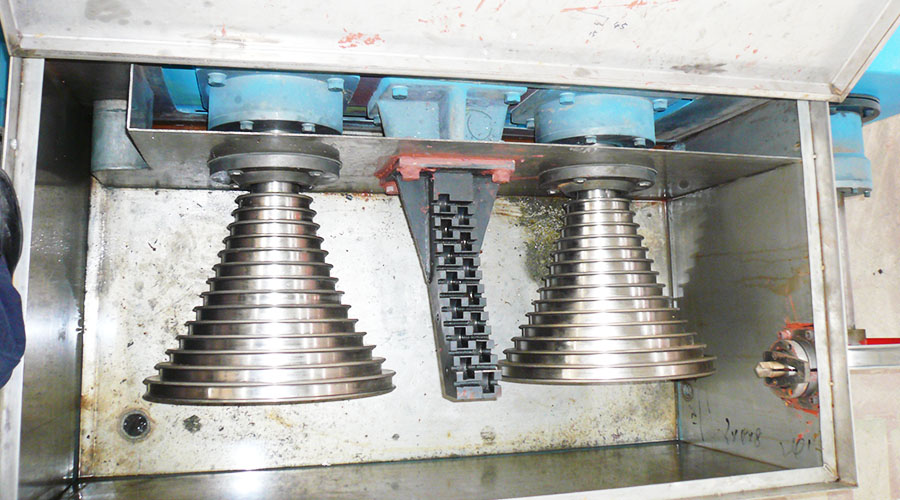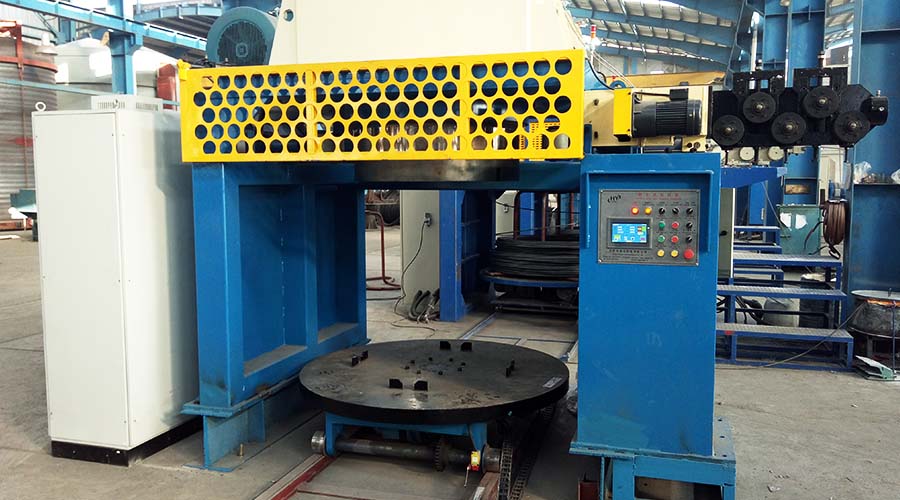What Drawing Methods are Available for Stainless Steel Wire Drawing Machine?
Common stainless steel wire drawing machines have a variety of wire drawing methods to choose from. Among them, flat pressure wire drawing is a very common wire drawing method. The workpiece is fixed on the mold and the abrasive belt works at high speed.
There is a pneumatically controlled pressure block on the back of the abrasive belt that can move up and down. After pressing down, the abrasive belt sticks to the surface to be processed for drawing.
Flat-pressure wire drawing is suitable for small-area flat wire drawing surfaces. The lines processed on this wire drawing surface are usually straight wires that connect the wire patterns.
Because it is a push-down operation, it is generally used on a flat surface, and there should be no protrusions on the surface, such as raised text marks, etc.
However, through clever design of molds such as briquettes, slightly curved workpieces can also be drawn.
The wire drawing machine can also use the centerless grinding method for wire drawing. The grinding products used are non-woven wire drawing wheels or abrasive belts. Suitable for round tube-shaped workpieces, such as handles and handles.
The threads drawn by this method are generally short. The length of the threads is related to the rotation speed of the workpiece, the rotation speed of the grinding product, and the grinding product itself.
The traditional drawing method of the wire drawing machine is wide abrasive belt drawing, which is used for flat drawing and is especially suitable for sheet processing.
The abrasive belt rotates at high speed, and the plate passes through the abrasive belt on the conveyor belt for polishing and drawing. Generally, stainless steel plates, aluminum alloy and other plates are made into semi-finished products for drawing, so that they can be further made into products made of plates.
For example, stainless steel elevator door panels, stainless steel cargo platforms, aluminum alloy chassis, etc. The lines drawn by this method are usually very thin and short-lived and can be called snow patterns. This method requires the sanding belt to have better adhesion so that the line pattern effect of the board can be more uniform.





